NASA Astronomy Picture of the Day 16 May 2023: Sun’s Corona visible during solar eclipse
Today’s NASA Astronomy Picture of the Day is a snapshot of the Sun’s Corona visible during a total solar eclipse.
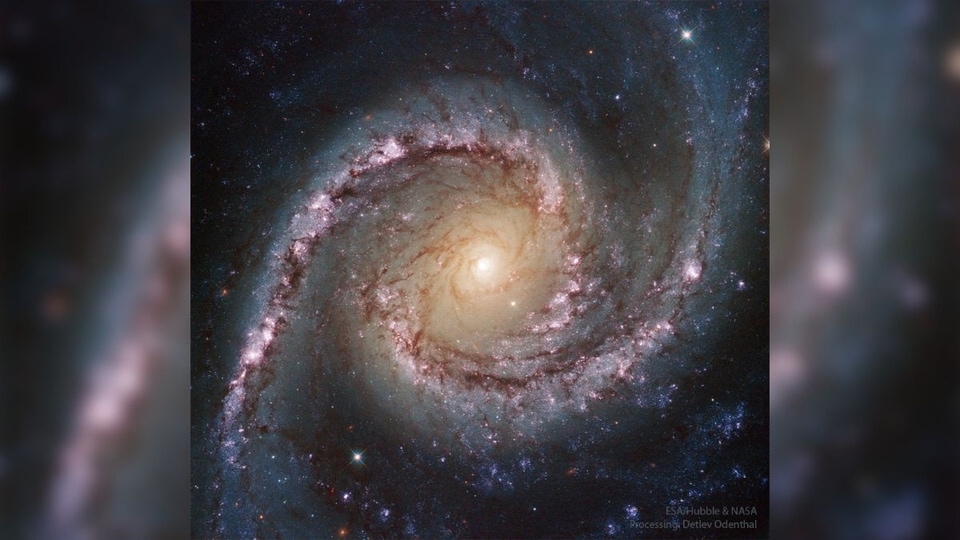
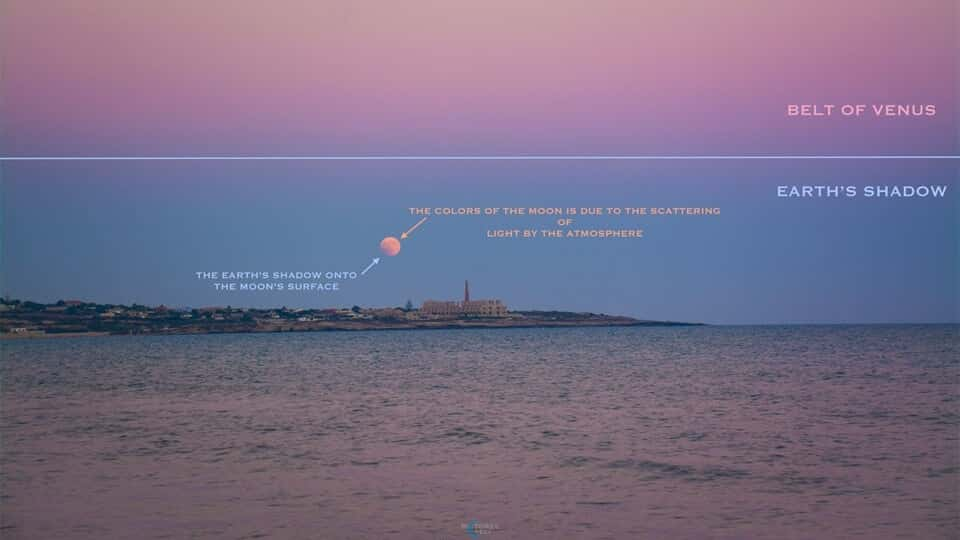
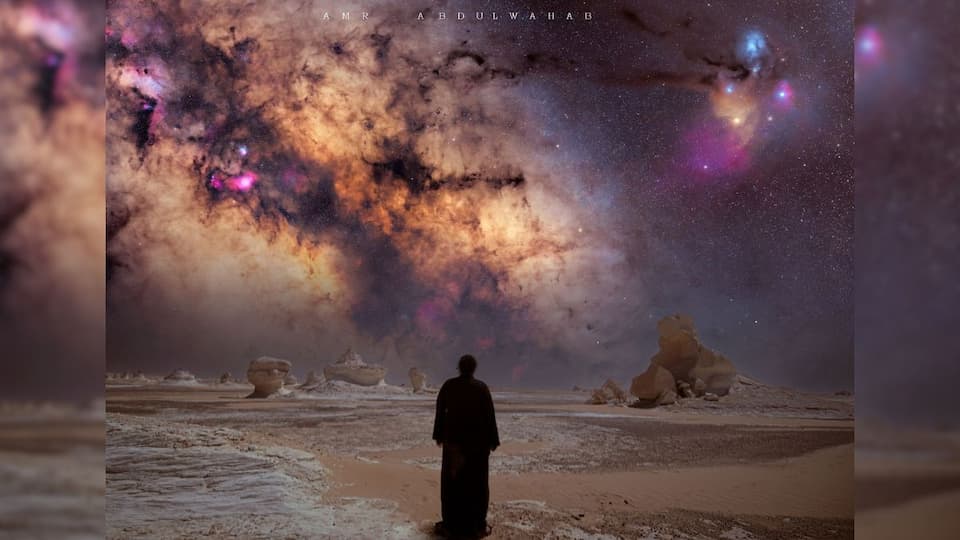
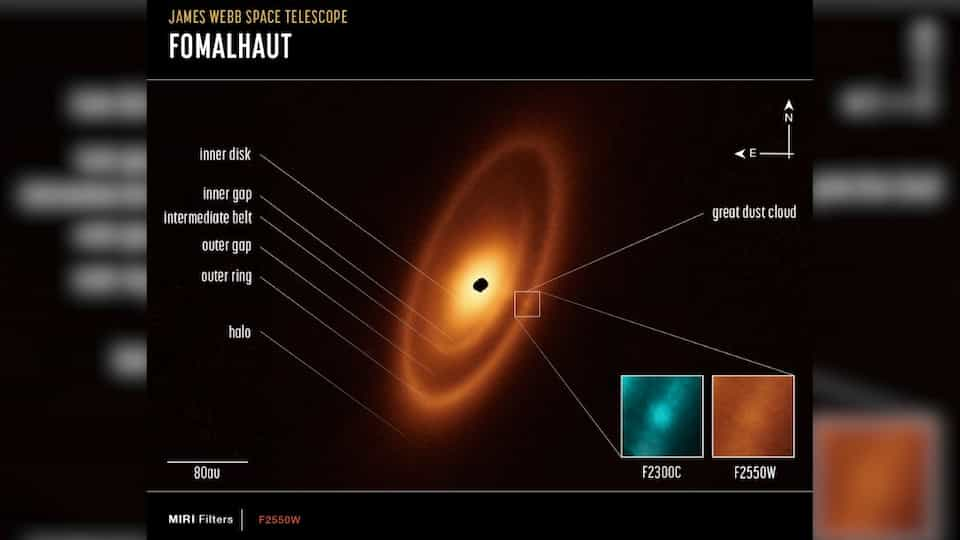
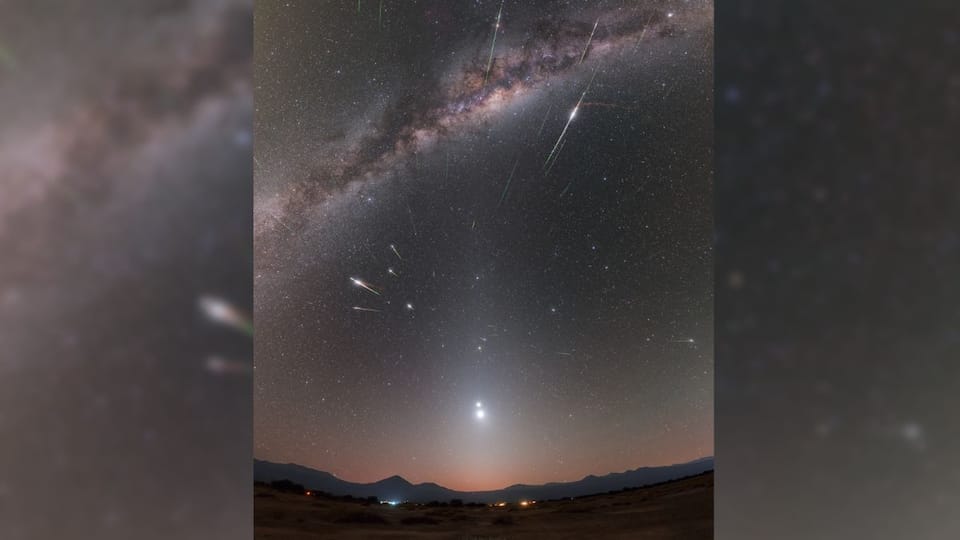
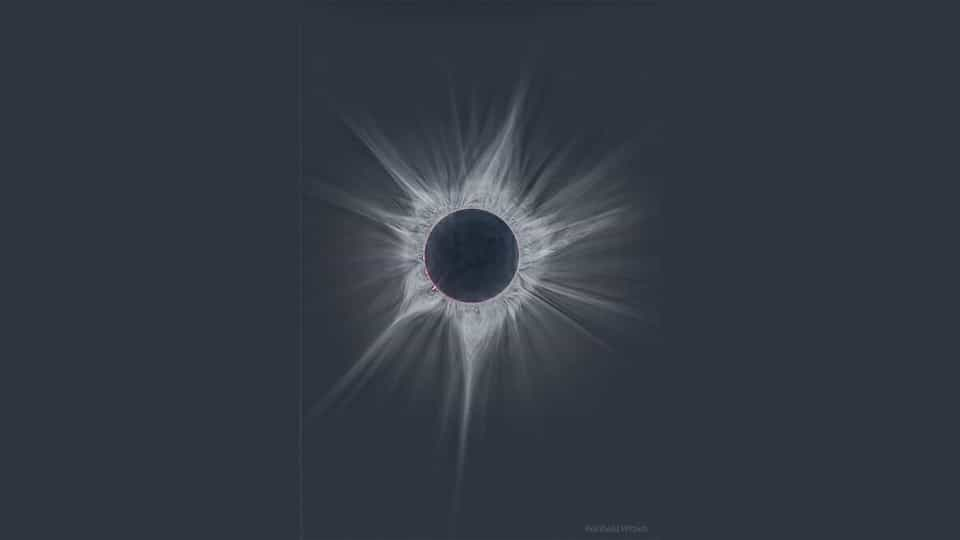
 View all Images
View all ImagesNASA publishes its Astronomy Picture of Day on a daily basis, featuring stunning photographs of celestial bodies captured by astrophotographers from around the world, and they always leave us mesmerized. At the center of our solar system is the Sun, a hot glowing ball of hydrogen and helium. It is about 150 million kilometers away from Earth and is the largest object in our solar system, big enough to fit nearly 1.3 million Earths in it. According to NASA, the Sun is about 4.5 billion years old and it is one of the main reasons why everything in our solar system stays in its orbit.
Today's NASA Astronomy Picture of the Day is a snapshot of the Sun's Corona visible during a total solar eclipse. Temperatures in the Sun's Corona can reach up to 2 million degrees and it is also the region where solar wind originates, according to NASA. While the hottest part of the Sun is its core, one of its most puzzling features is its Corona which extends more than 1 million kilometers from its surface. It can only be seen during solar eclipses when the main radiation from the Sun's surface is blocked by the Moon.
The amazing picture was captured by astrophotographer Reinhold Wittich during a total solar eclipse that occurred in April this year.
NASA's description of the picture
Most photographs don't adequately portray the magnificence of the Sun's corona. Seeing the corona first-hand during a total solar eclipse is unparalleled. The human eye can adapt to see coronal features and extent that average cameras usually cannot. Welcome, however, to the digital age. The featured image digitally combined short and long exposures taken in Exmouth, Australia that were processed to highlight faint and extended features in the corona during the total solar eclipse that occurred in April of 2023.
Clearly visible are intricate layers and glowing caustics of an ever changing mixture of hot gas and magnetic fields in the Sun's corona. Looping prominences appear bright pink just past the Sun's edge. Images taken seconds before and after the total eclipse show glimpses of the background Sun known as Baily's Beads and diamond ring effect. The next total solar eclipse will cross North America in April of 2024.
Catch all the Latest Tech News, Mobile News, Laptop News, Gaming news, Wearables News , How To News, also keep up with us on Whatsapp channel,Twitter, Facebook, Google News, and Instagram. For our latest videos, subscribe to our YouTube channel.































